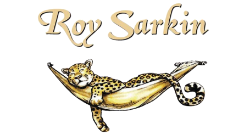Wildlife Bronze Sculptures
Kudu Magnificence
Kudu (Tragelaphus strepsiceros).
Dimensions in cm: 27 x 16 x 30
Edition: 12 of 40
Only male Kudu have corkscrew horns. They form small herds and are cover-dependent browsers that feed on more than 100 different trees, shrubs, vines, herbs, seedpods, and fruits, as well as a little new grass. Eating greens enables them to inhabit waterless country, yet greater kudus regularly drink at water holes. They depend on the green growth along watercourses in the dry season and disperse through deciduous woodlands in the rains.
Kudu are largely confined to mountains with dense woodland and thickets. Yet its secretiveness and nocturnal activity enable it to persist unusually close to civilization.
In the baking heat of midday, kudus habitually stand motionless and are beautifully camouflaged in thickets. If hiding fails, kudus take abrupt flight with soaring bounds and often utter loud, hoarse barks. Both species occasionally form transitory herds of up to 25 animals, but the typical group consists of two to three females with their offspring. The kudus have stronger social (possibly kinship) bonds than other tragelaphine antelopes (e.g., the eland and nyala).
The sexes segregate except for mating. Males leave female herds at age 11/2 years when their horns grow past their ears and thus advertise their gender, after which they associate in loose bachelor herds. Up to 10 kudu bulls sometimes get together—a grand sight—but males become increasingly solitary with age.



